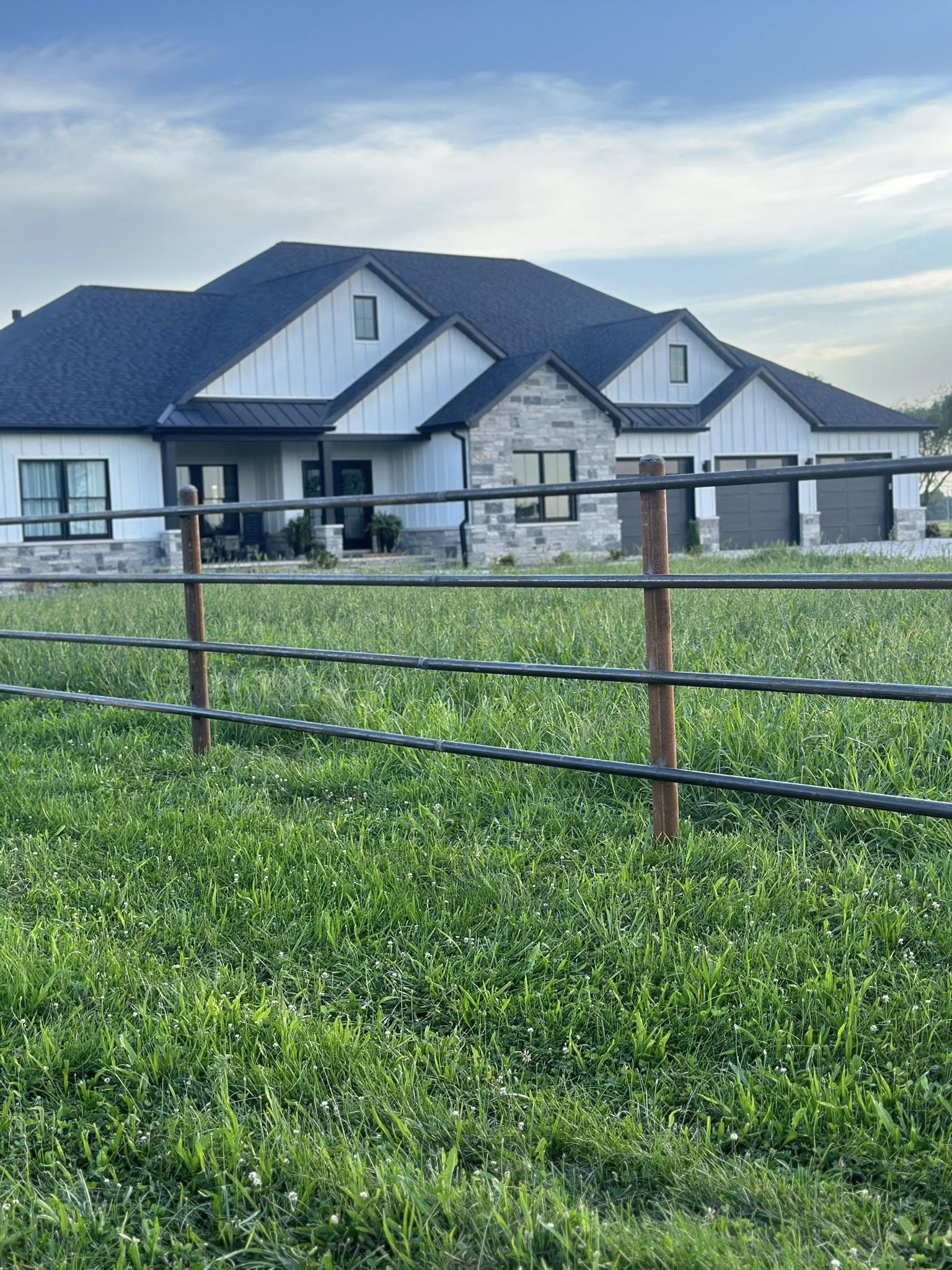
Safety First: Best Practices for Welding on Construction Sites Aug 26, 2025
Understanding the inherent dangers in welding, such as exposure to intense heat, ultraviolet and infrared radiation, toxic fumes, and electrical hazards, is the first step towards mitigating risks. An effective safety plan is crucial, beginning with comprehensive risk assessments. This involves identifying potential hazards and implementing preventive measures to mitigate them.
One of the fundamental safety practices in welding is the use of personal protective equipment (PPE). Welders should always wear appropriate gear, including welding helmets with side shields to protect against radiation and flying particles, flame-resistant clothing, welding gloves, and steel-toed boots. PPE acts as the first line of defense against common dangers like burns, eye damage, and exposure to harmful substances.
Keeping the welding area clean and organized is another essential aspect of ensuring safety. Cluttered workspaces and combustible materials in the vicinity can lead to accidents or fires. By maintaining a well-organized site, workers can easily identify potential hazards and take necessary precautions. This also supports efficient workflow and reduces the risk of injury.
Ventilation is a critical factor often overlooked on construction sites. Welding produces hazardous fumes and gases that can be detrimental to health when inhaled. It’s imperative that work areas are well-ventilated, using local exhaust ventilation systems or fume extraction units. This practice not only protects the health of welders but also complies with occupational safety standards.
Proper training and certification are indispensable for any professional involved in welding tasks. Regular training ensures that welders are updated with the latest safety protocols and equipment handling techniques. Adequate training minimizes the likelihood of errors, thereby reducing the potential for accidents.
Furthermore, electrical safety should never be underestimated. Welders deal with high voltage equipment, and any mishandling can lead to severe injuries or fatalities. It is crucial to inspect welding machines and cables regularly for signs of damage. Grounding all electrical equipment and keeping cords away from moisture will help prevent electrical hazards.
Communication and teamwork also play a vital role in maintaining a safe construction site. Clear and consistent communication among the project team ensures that everyone is aware of ongoing operations and potential risks. This collaborative approach enables quick responses to any emerging safety issues and enhances the overall safety culture.
Finally, establishing an emergency response plan is vital. While preventive measures are crucial, being prepared for emergencies can significantly mitigate the impact of accidents. All team members should be familiar with emergency procedures, first aid responses, and evacuation routes.
In conclusion, safety in welding on construction sites is a comprehensive process that requires commitment and continuous improvement. By adhering to these best practices, companies like K7 Welding and Construction can ensure the well-being of their workers while delivering high-quality results. Prioritizing safety not only protects workers but also enhances productivity and fosters a culture of care and professionalism.
/filters:no_upscale()/media/296a813b-fe78-4b68-a088-11278b14c3b7.jpeg)
/filters:no_upscale()/filters:format(webp)/media/f6f6098d-aaa5-406a-a47a-3b500b77fd43.jpeg)